
Bowers & Wilkins Formation Duo Active Loudspeakers
- Written by: Gordon Brockhouse
 It was a deal that left many audiophiles scratching their heads. In May 2016, the venerable British loudspeaker manufacturer Bowers & Wilkins was sold to California-based EVA Automation Inc. If few people had ever heard of EVA Automation, that’s not surprising -- the Silicon Valley startup had been founded only two years before, and had never released a product.
It was a deal that left many audiophiles scratching their heads. In May 2016, the venerable British loudspeaker manufacturer Bowers & Wilkins was sold to California-based EVA Automation Inc. If few people had ever heard of EVA Automation, that’s not surprising -- the Silicon Valley startup had been founded only two years before, and had never released a product.
Read more: Bowers & Wilkins Formation Duo Active Loudspeakers
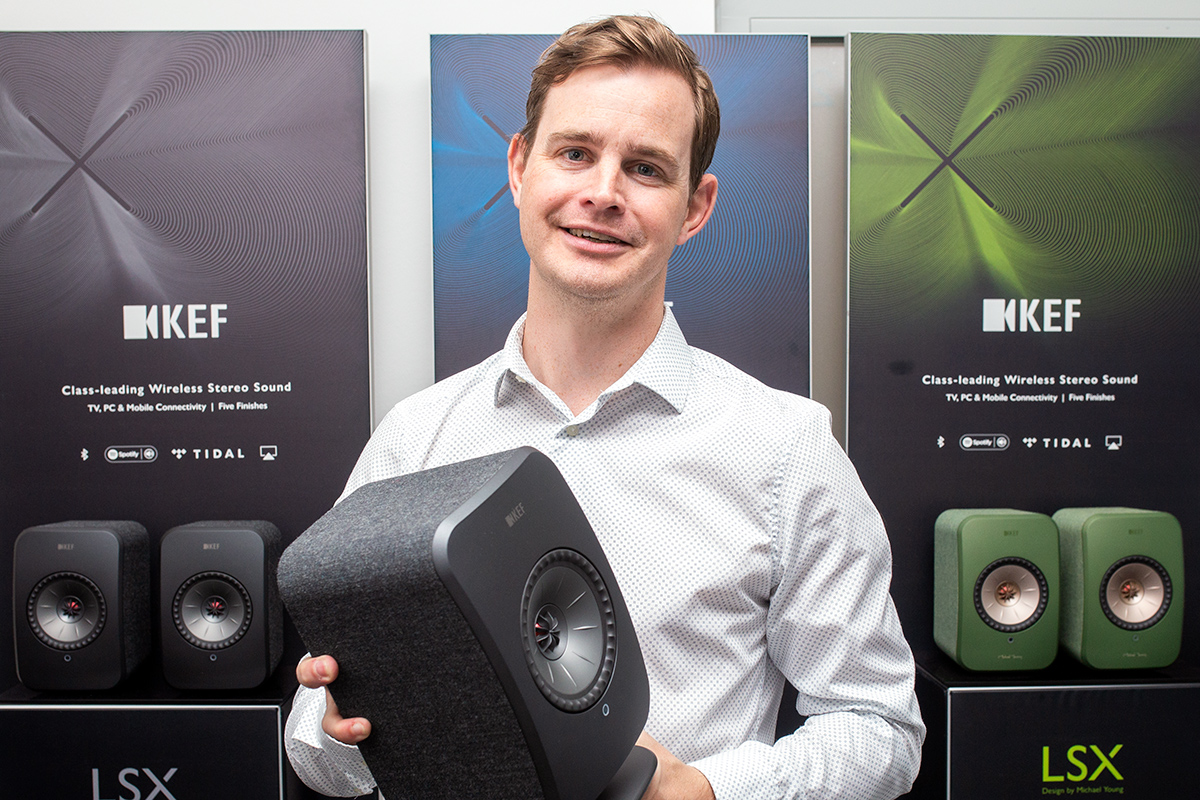
Active Voices, Part Three: KEF's Jack Oclee-Brown
- Written by: Gordon Brockhouse
If anyone made a list of the 21st century’s most successful hi-fi speakers, that list would surely include the KEF LS50, introduced in 2012 to commemorate the 50th anniversary of the BBC LS3/5a minimonitor. Since then the LS50 has received countless honors, including Reviewers’ Choice and Product of the Year awards from SoundStage!.
Read more: Active Voices, Part Three: KEF's Jack Oclee-Brown
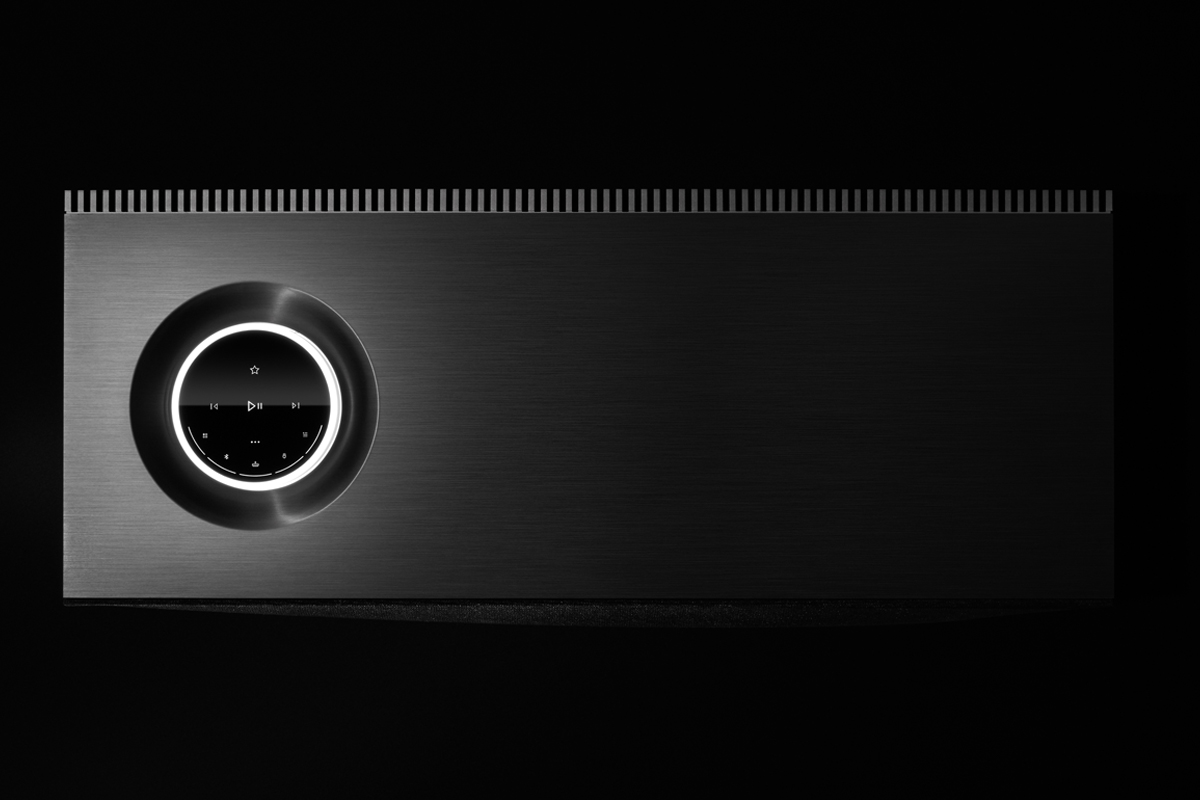
Naim Audio Mu-so 2nd Generation Wireless Music System
- Written by: Gordon Brockhouse
 Five years ago, if someone had asked me if there was a market for a tabletop all-in-one music system that cost $1499 (all prices USD), I’d have replied, “You’re kidding, right?” For that kind of dough, you could get a nice integrated amp and speakers, or a really good set of powered speakers. I had nothing against all-in-one music systems -- not then, not now. But for serious listening, I want the immersive experience you get from a stereo pair of speakers spaced several feet apart.
Five years ago, if someone had asked me if there was a market for a tabletop all-in-one music system that cost $1499 (all prices USD), I’d have replied, “You’re kidding, right?” For that kind of dough, you could get a nice integrated amp and speakers, or a really good set of powered speakers. I had nothing against all-in-one music systems -- not then, not now. But for serious listening, I want the immersive experience you get from a stereo pair of speakers spaced several feet apart.
Read more: Naim Audio Mu-so 2nd Generation Wireless Music System

McIntosh Laboratory MTI100 Integrated Turntable
- Written by: Gordon Brockhouse
When most people think of audio components from McIntosh Laboratory, they think of serious high-end separates: preamps and big, powerful amplifiers. But there’s another side to this iconic brand, which this year celebrates its 70th anniversary. McIntosh now offers several lifestyle audio products, including integrated music systems, streamers, headphone amplifiers, and the subject of this review: what they call an integrated turntable.

High End 2019, Simplifi'd
- Written by: Gordon Brockhouse
There’s no doubt about it: Munich’s High End is the greatest audio show on earth. But don’t let the name scare you. High End isn’t only about big, expensive gear -- not that there’s anything wrong with that. Many affordable components made their debuts at this year’s show.
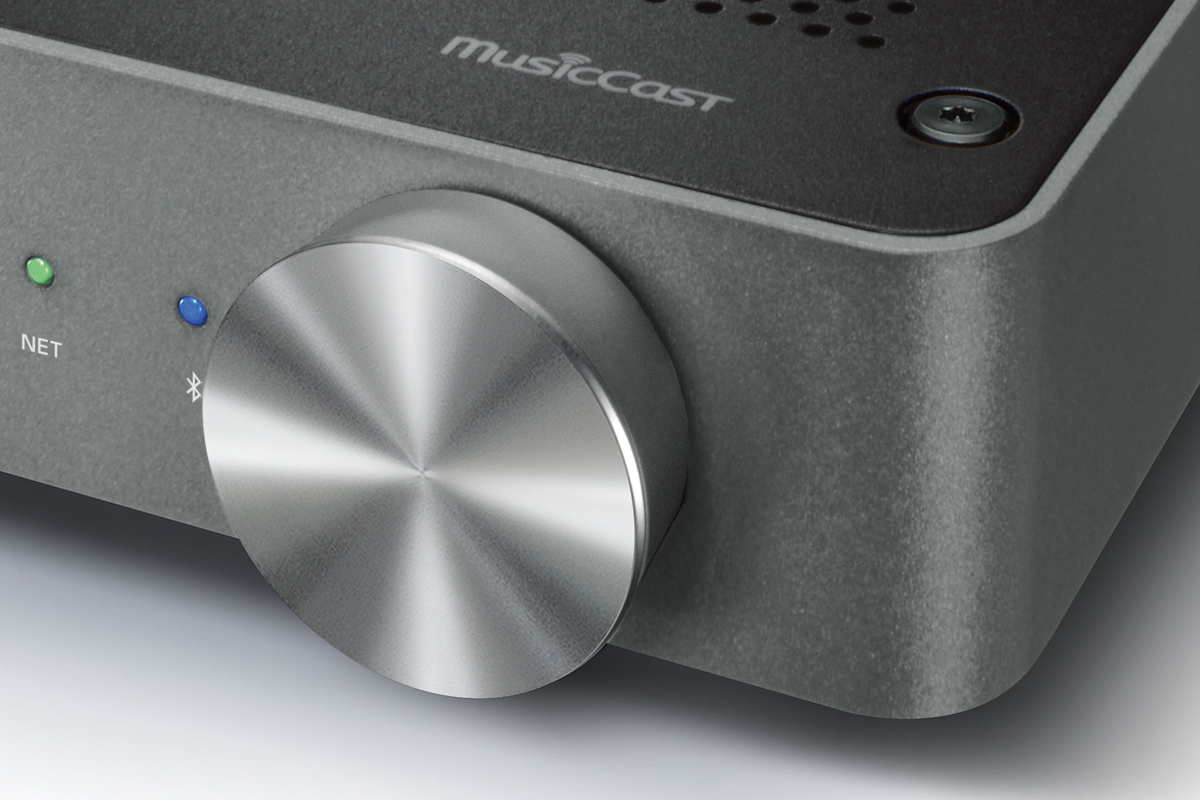
Yamaha WXA-50 MusicCast Streaming Amplifier
- Written by: Gordon Brockhouse
For people who want to enjoy their music in real-world living spaces, two of the most welcome developments of recent years have been the integration of streaming capability into integrated amplifiers, and the downsizing of these components. With a streaming amplifier and good pair of speakers, you have everything you need to enjoy a vast range of music, in sound quality far beyond that of most all-in-one tabletop speakers. And you can do this without breaking the bank, or cluttering up your living area with audio gear.
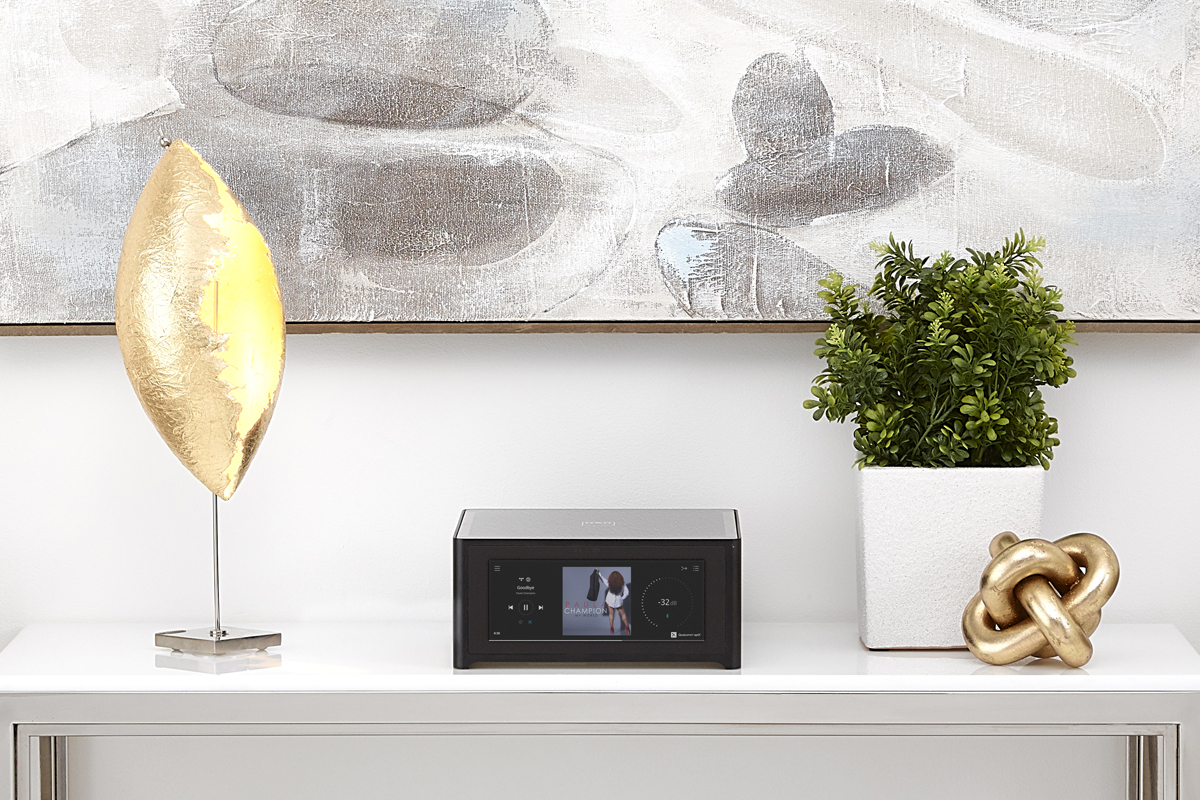
NAD Masters M10 BluOS Streaming Integrated Amplifier
- Written by: Gordon Brockhouse
 In the Toronto home I share with my infinitely better half, the hi-fi lives in the living room. Of course, I want it to sound great -- and it does -- but it also has to look as if it belongs. We’ve put a lot of effort into the design and décor of our home: If the hi-fi is to occupy a public space, it must be suitable for civilized company.
In the Toronto home I share with my infinitely better half, the hi-fi lives in the living room. Of course, I want it to sound great -- and it does -- but it also has to look as if it belongs. We’ve put a lot of effort into the design and décor of our home: If the hi-fi is to occupy a public space, it must be suitable for civilized company.
Read more: NAD Masters M10 BluOS Streaming Integrated Amplifier

Active Voices, Part Two: Axiom Audio's Andrew Welker
- Written by: Gordon Brockhouse
Most active speakers are all-in-one components, with built-in amplifiers and often built-in DACs as well, but no law says that active loudspeaker technology must be neat and compact. It’s possible to create an active speaker system with external amplifiers and crossover, like those offered by Bryston. Bryston’s active systems combine crossoverless versions of its Model T, Middle T, and Mini T speakers with the BAX-1 external crossover, plus amplifiers dedicated to each frequency range.
Read more: Active Voices, Part Two: Axiom Audio's Andrew Welker

Primare SC15 Prisma Streaming DAC-Preamp
- Written by: Gordon Brockhouse
One thing that differentiates enthusiast audio from other areas of consumer electronics is the amazing proliferation of brands. Most CE categories are dominated by a few big names -- think TVs (LG, Samsung, Sony, TCL, Vizio), or smartphones (Apple, Huawei, Samsung again). But audiophiles shopping for speakers, amplifiers, source components, or cables can choose from among literally hundreds of brands.

Montréal Audio Fest Simplifi'd
- Written by: Gordon Brockhouse
Like many audiophiles with limited space and limited funds, I often wonder why, at audio shows, so many companies insist on displaying ultra-expensive systems. Why not real-world systems that most people can afford? Systems they can use in day-to-day living spaces, not just man caves?

Naim Uniti Core CD Ripper/Music Server
- Written by: Gordon Brockhouse
Is the Compact Disc on its deathbed? Not yet, but there’s cause for concern. According to the 2019 Global Music Report from the International Federation of the Phonographic Industry (IFPI), worldwide sales of physical media declined 10.1% in 2018. Vinyl sales grew 6%, and now account for 3.6% of worldwide music-industry revenues. So based on a little back-of-the-envelope math, it looks like global CD sales declined by around 12% last year.

Elac Navis ARB-51 Active Loudspeakers
- Written by: Gordon Brockhouse
 The German hi-fi brand Elac dates back to the 1920s, but has lately undergone a renaissance. Following a business reorganization in 2014, Elac established an American subsidiary charged with developing affordable, high-performance loudspeakers. That task was assigned to Andrew Jones, who in 2015 joined Elac as vice-president of engineering, following gigs at KEF, Infinity, TAD, and Pioneer.
The German hi-fi brand Elac dates back to the 1920s, but has lately undergone a renaissance. Following a business reorganization in 2014, Elac established an American subsidiary charged with developing affordable, high-performance loudspeakers. That task was assigned to Andrew Jones, who in 2015 joined Elac as vice-president of engineering, following gigs at KEF, Infinity, TAD, and Pioneer.

Active Voices, Part One: Elac's Andrew Jones
- Written by: Gordon Brockhouse
Two years ago next month, in a feature for sister site SoundStage! Hi-Fi, Doug Schneider posed a question: “Is it time for active speakers?” As Doug noted, audiophiles have traditionally been cool toward active designs, despite their many advantages. This is partly because active speakers take some of the fun out of hobbyist audio. Audiophiles want to choose their own amps and cables, rather than have someone else make those choices for them.
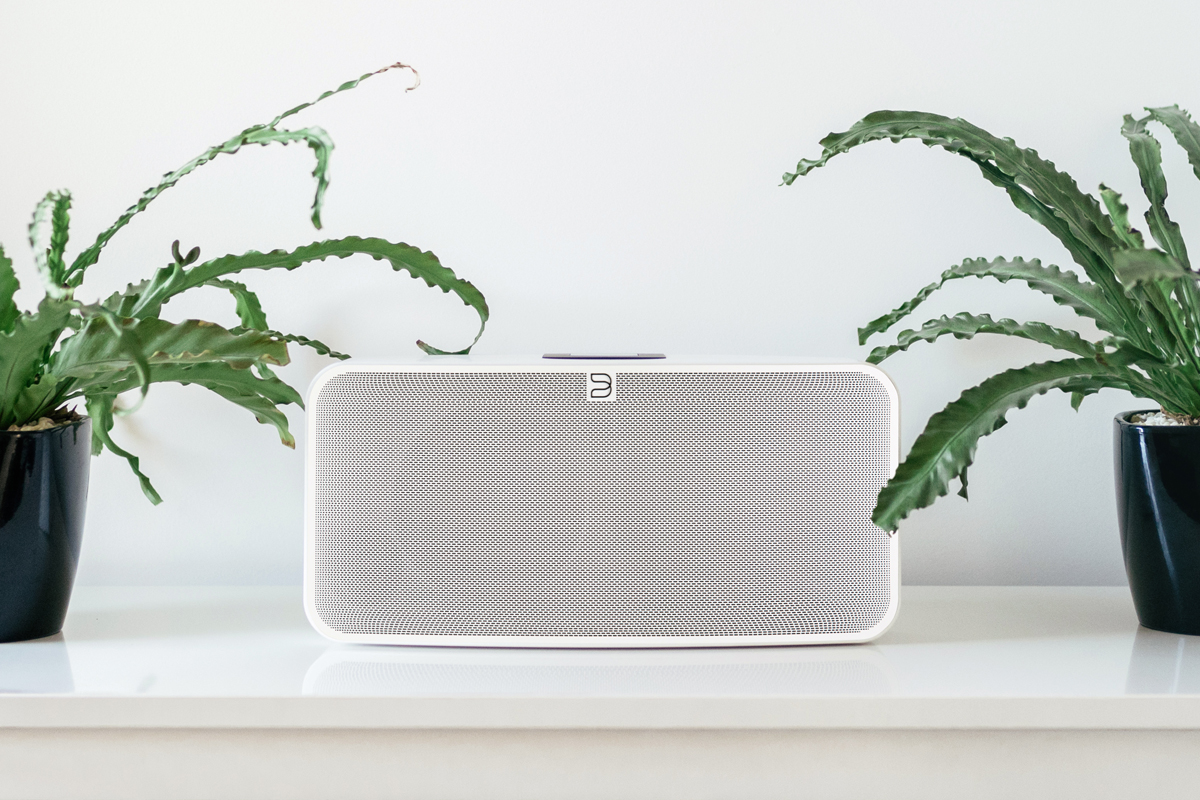
Bluesound Pulse 2i Wireless Speaker
- Written by: Gordon Brockhouse
Last October, Lenbrook International announced a comprehensive upgrade of its Bluesound lineup of whole-house audio products. Bluesound’s 2i series offers such new features as Apple AirPlay 2 support, improved Bluetooth capability, Amazon Alexa voice control, and updated Wi-Fi connectivity.

SVS Prime Wireless Active Speakers
- Written by: Gordon Brockhouse
Over the past several years, Ohio-based SVS has earned a reputation for making affordable, high-performance loudspeakers and subwoofers. Its subs, of course, are active, but until recently, all of its full-range speakers were passive designs. Last year, SVS introduced the fully active, two-way Prime Wireless speakers ($599.99/pair; all prices USD).
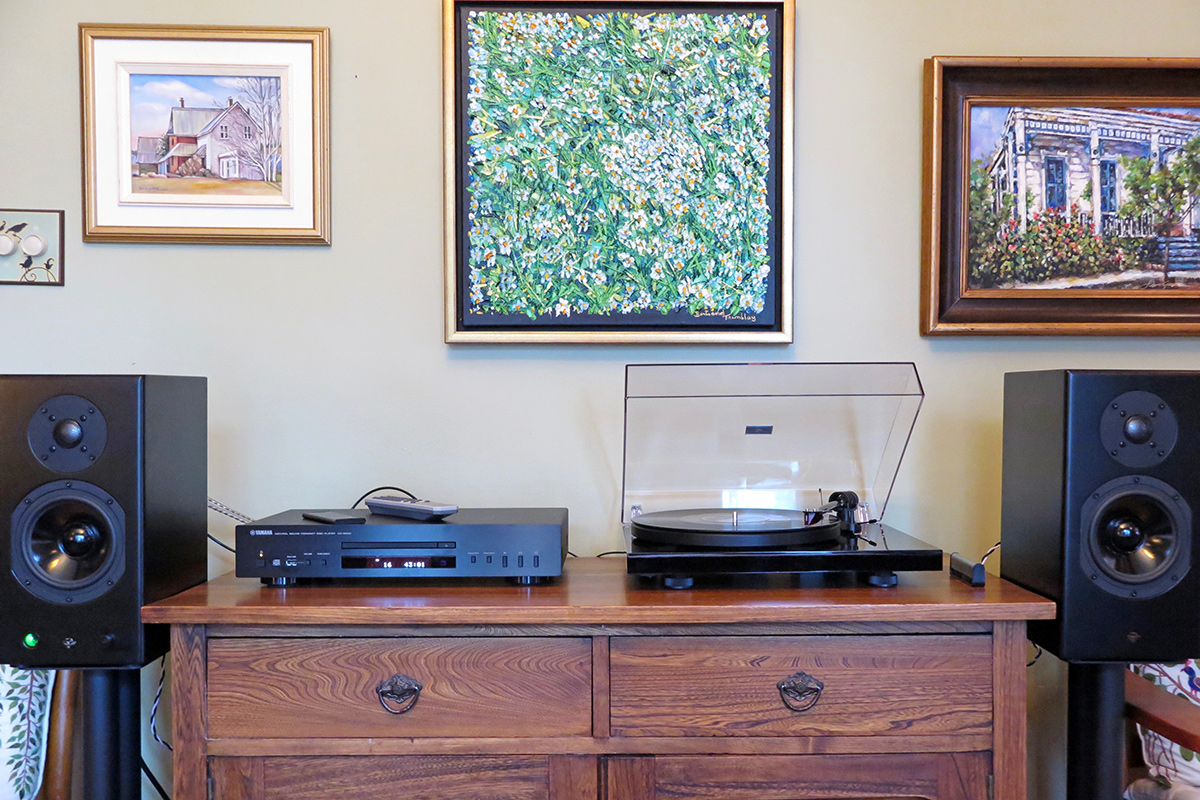
Let's Keep it Simple
- Written by: Gordon Brockhouse
It’s a common fallacy to believe that things that come easily to you come easily to everyone. But as a recent experience confirmed for me, it’s just not so.

Totem Acoustic Kin Play Powered Speakers
- Written by: Gordon Brockhouse
I’ve never thought of myself as having sharp elbows. But here I am, the new guy in the SoundStage! neighborhood, and I keep muscling in on my colleagues’ territories. For my first review on Simplifi, I tackled LG’s G7 ThinQ MQA-compatible smartphone, a product that would fit nicely on SoundStage! Solo. More recently, I opined that the Kii Audio Three DSP-controlled active speakers would be right at home on SoundStage! Hi-Fi or Ultra.

A Roon of One's Own
- Written by: Gordon Brockhouse
One of my pet peeves is technology that thinks it knows more than I do. Sometimes, software developers will release a new version that removes a useful feature, supposedly to enhance ease of use, but usually to advance a corporate agenda. Sometimes, they’ll streamline a key function to make it simpler for inexperienced users, at the cost of restricting flexibility for experienced users.
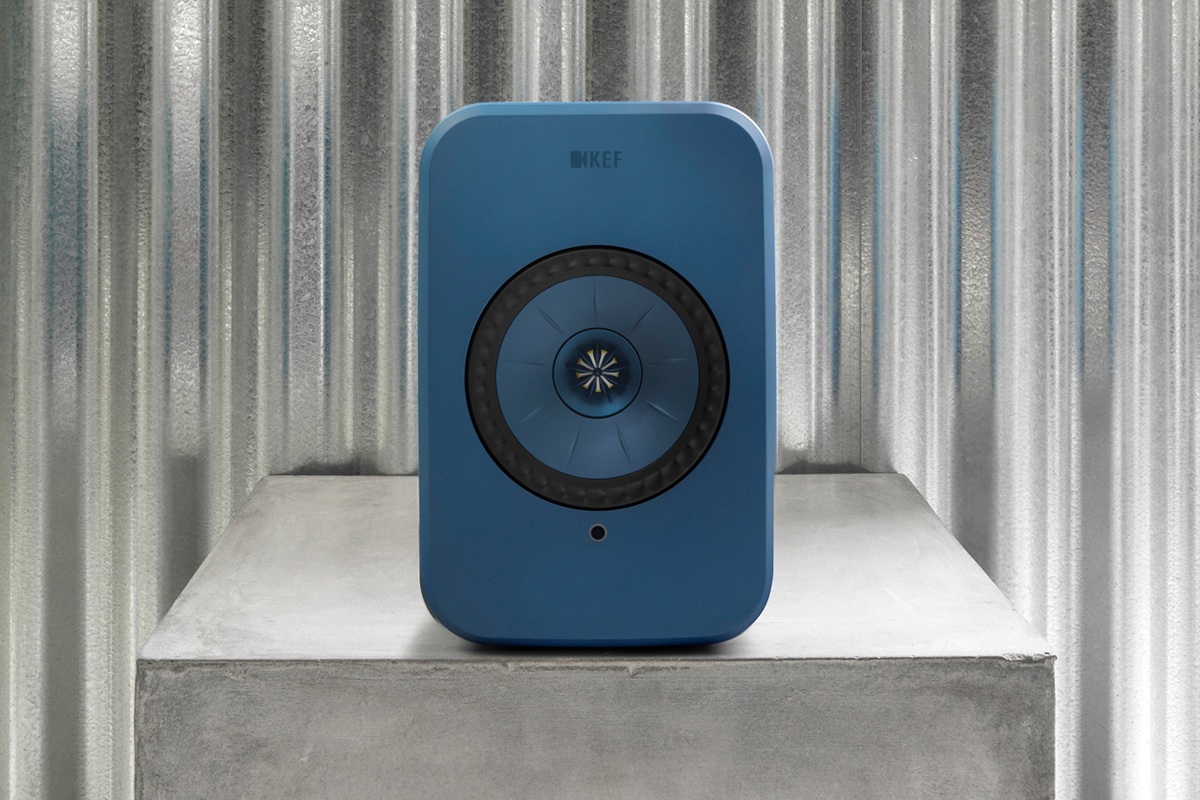
KEF LSX Active Loudspeakers
- Written by: Gordon Brockhouse
KEF’s little LSX active speakers ($1099 USD per pair) would seem to contain everything you need for high-resolution stereo sound. Each enclosure houses a KEF Uni-Q driver array comprising a 0.75” aluminum-dome tweeter mounted at the acoustic center of a 4.5” magnesium-aluminum midrange-woofer, each powered by its own amplifier. The LSXes are small enough to virtually disappear into your room, but if you look their way they’ll grab your eye. They’re available in five colors: white, green, red, blue, and black. Speakers in all colors but white are covered on four sides with a matching industrial textile. The white version, which I reviewed, has a high-gloss finish on all surfaces, and the driver is in complementary silver-gray. It’s gorgeous. The red and blue models have drivers of the same color as the cabinet; the others have drivers of a complementary color.

Bluesound Vault 2i CD Ripper-Server-Streamer
- Written by: Gordon Brockhouse
Despite what the illuminati say about our brave new world “moving at Internet speed,” sometimes we just have to hurry up and wait. This review is a case in point.

Pro-Ject Audio Systems Stream Box S2 Ultra Music Streamer
- Written by: Gordon Brockhouse
Most audiophiles know Pro-Ject Audio Systems as a maker of turntables. Indeed, more than any manufacturer, Vienna-based Pro-Ject is responsible for the vinyl revival.
Read more: Pro-Ject Audio Systems Stream Box S2 Ultra Music Streamer
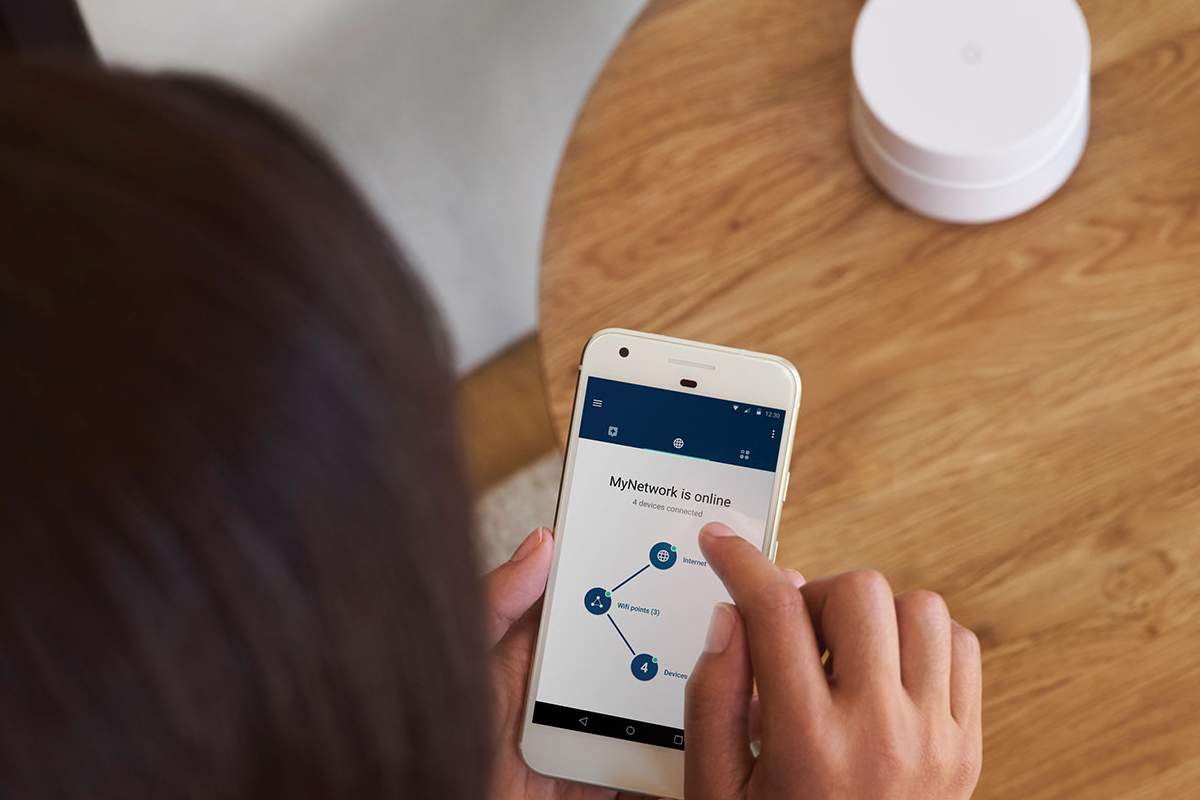
How I Simplifi'd My Wi-Fi
- Written by: Gordon Brockhouse
Keen-eyed readers may have noticed that I recently added a new category to the Associated Equipment section at the end of my reviews. In addition to listing the speakers, sources, and cables used for a review, I’ve started listing my network setup. For most of the products I review, every note I listen to is streamed over a network. That makes the network an important part of my home-entertainment system.

Kii Audio Three DSP-Controlled Active Loudspeakers
- Written by: Gordon Brockhouse
 This corner of the SoundStage! Network is devoted to “convenient, lifestyle-oriented hi-fi,” to quote the blurb on the Network portal. To some diehards, the word lifestyle conveys a kind of superficiality, a lack of seriousness, but not to yours truly. As I wrote in my kick-off feature for SoundStage! Simplifi, there’s a lot to be said for integrating your hi-fi into your everyday life. Having your main music system in a living area, rather than hiding it away in an inner sanctum, means that everyone can enjoy it, not just the household high priest of audio.
This corner of the SoundStage! Network is devoted to “convenient, lifestyle-oriented hi-fi,” to quote the blurb on the Network portal. To some diehards, the word lifestyle conveys a kind of superficiality, a lack of seriousness, but not to yours truly. As I wrote in my kick-off feature for SoundStage! Simplifi, there’s a lot to be said for integrating your hi-fi into your everyday life. Having your main music system in a living area, rather than hiding it away in an inner sanctum, means that everyone can enjoy it, not just the household high priest of audio.
Read more: Kii Audio Three DSP-Controlled Active Loudspeakers

Aurender S5W Battery-Powered Wireless Active Loudspeakers
- Written by: Gordon Brockhouse
Once in a while, I come across a product that has me scratching my head: What’s this thing really for, and who needs it? Then a light goes on, and I get it: Hey, this product is really cool, and really useful. Why did it take so long for someone to come up with this idea?
Read more: Aurender S5W Battery-Powered Wireless Active Loudspeakers

Are Downloads Dead?
- Written by: Gordon Brockhouse
This fall marked the 10th anniversary of file-based, high-resolution audio playback. The New York City-based website HDtracks opened its virtual doors in March 2008; in October of that year, it added to its catalog 24-bit/88.2kHz and 24/96 FLAC files.

Cambridge Audio Yoyo (L) Wireless Speaker
- Written by: Brent Butterworth
Wireless speakers have become like A/V receivers: it’s almost impossible to build one that’s still up to date a few months after launch. Cambridge Audio’s Yoyo (L) all-in-one home audio system doesn’t have voice command, the latest hot feature boasted by an increasing number of wireless speakers, but it offers almost everything else you might want in a wireless speaker, as well as at least one thing that’s likely to surprise you. It also packs a lot more audio engineering than do most wireless speakers.
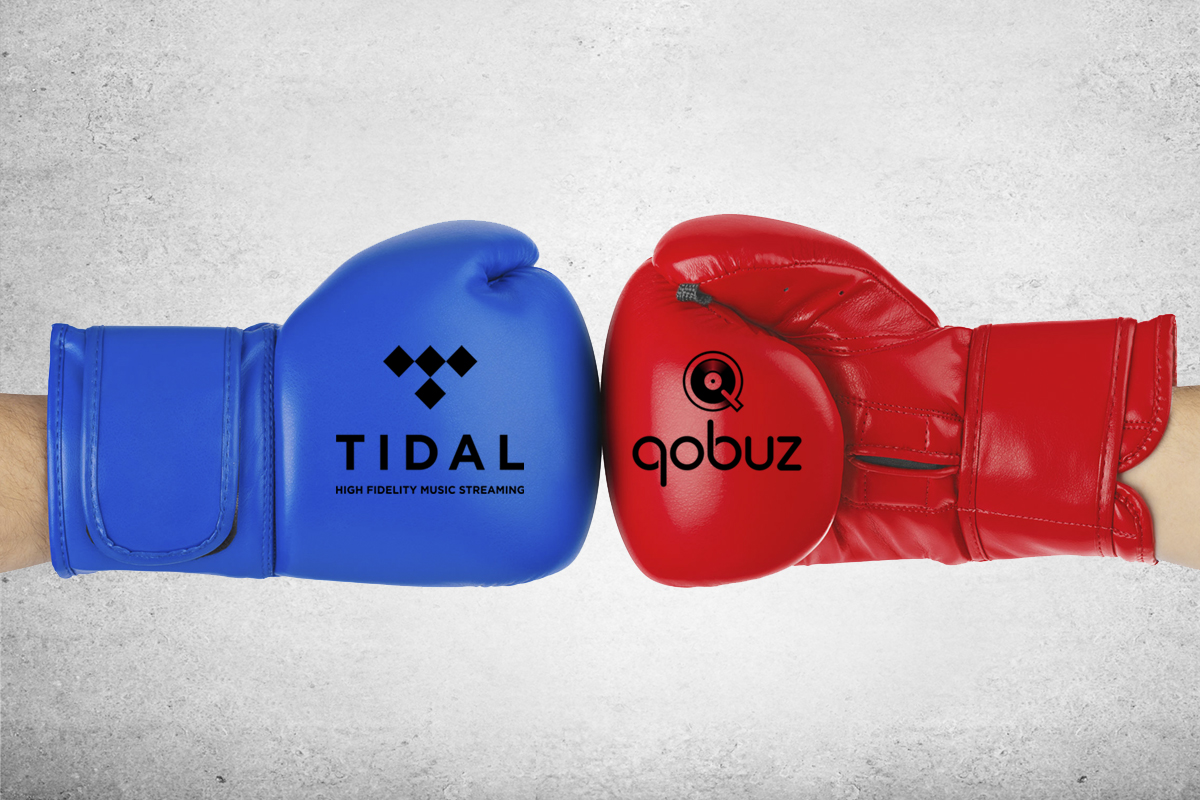
Hi-Rez Streaming: Tidal vs. Qobuz
- Written by: Gordon Brockhouse
Sometime soon, hopefully before the end of 2018, North American audiophiles will have their choice of two high-resolution music-streaming services. One of them is a familiar name -- now available in 57 countries, Tidal has been operating in North America since 2015. The other is a relative unknown, at least on the west side of the Atlantic.
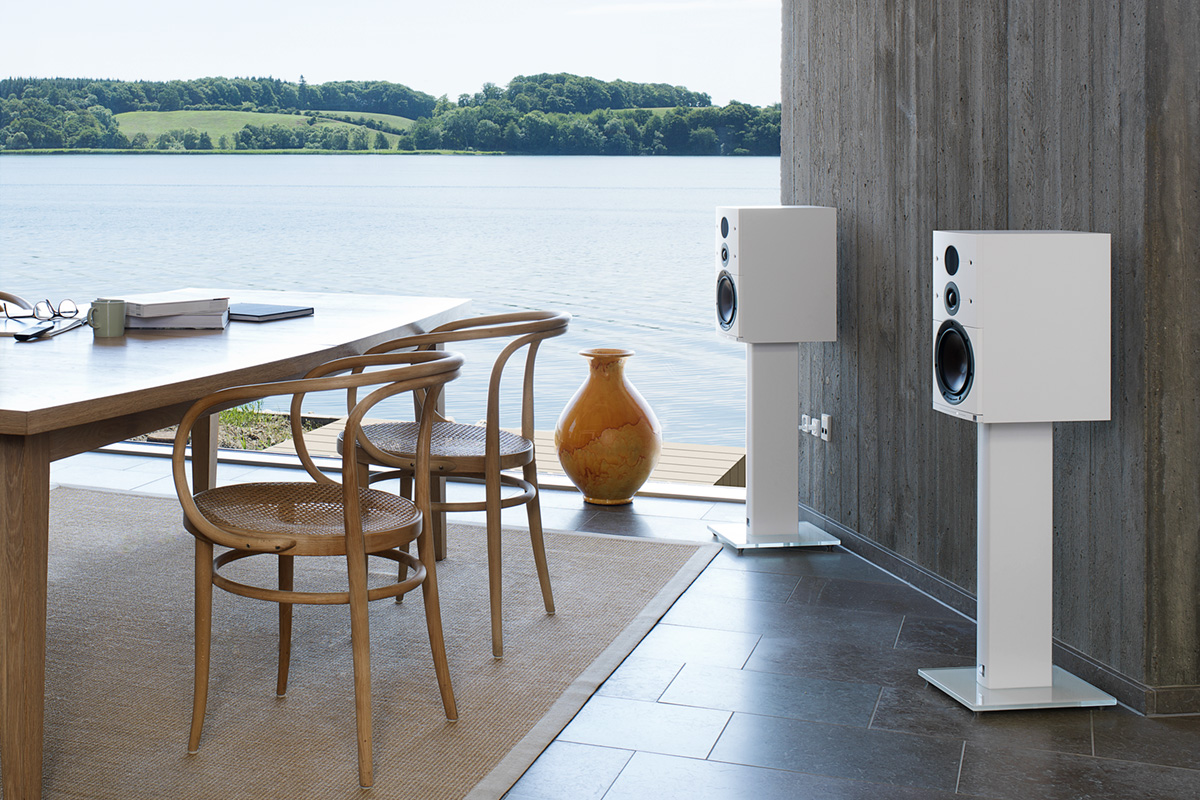
DALI Callisto 2 C Active Speaker System
- Written by: Gordon Brockhouse
 For serious, sit-down stereo, active loudspeakers have traditionally been a tough sell. I’ve never understood why -- their domestic advantages are obvious. Active speakers can make possible audiophile-quality sound in spaces where traditional components are unwelcome -- as outlined in my recent feature on "How I Simplifi’d My Hi-Fi."
For serious, sit-down stereo, active loudspeakers have traditionally been a tough sell. I’ve never understood why -- their domestic advantages are obvious. Active speakers can make possible audiophile-quality sound in spaces where traditional components are unwelcome -- as outlined in my recent feature on "How I Simplifi’d My Hi-Fi."

Toronto Audiofest 2018 Simplifi'd
- Written by: Gordon Brockhouse
Toronto has a new audio show. The first-ever Toronto Audiofest was held at the Westin Toronto Airport Hotel October 19-21. In one year, it has effectively supplanted the Toronto Audio-Video Entertainment Show (TAVES), which began in 2011 but gradually lost its way.
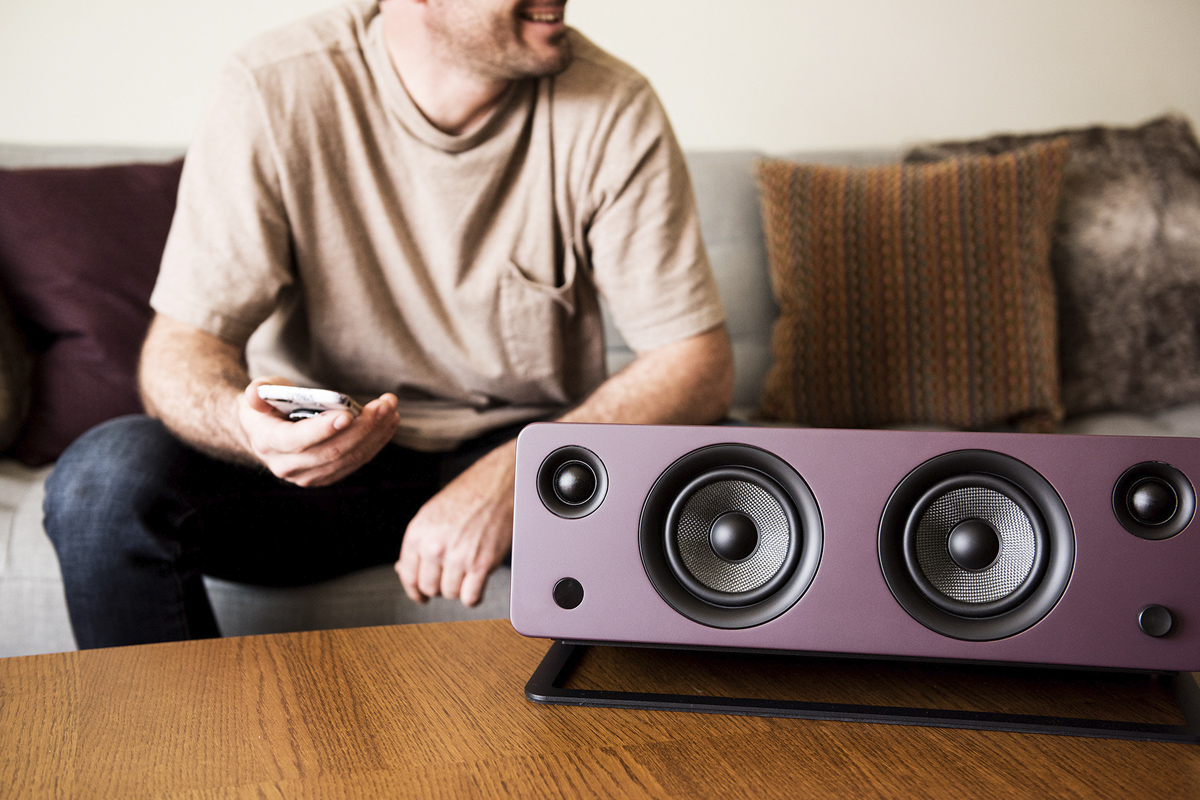
Kanto SYD Bluetooth Speaker
- Written by: Kevin East
So much is made these days of powered speakers with Bluetooth connectivity that, presented with one of these wonder puppies, I was prompted to plug it in, invoke Bluetooth, link it to my iPhone, et voilà -- music!
- LG G7 ThinQ Smartphone
- How I Simplifi'd My Hi-Fi
- Pro-Ject Audio Systems Juke Box E Turntable-Integrated Amplifier
- Time to Celebrate: Five Years of Google Chromecast
- NAD D 3020 V2 Bluetooth Integrated Amplifier-DAC
- How Good Can Voice Recognition Get?
- Polk Assist Wi-Fi Smart Speaker
- Are Smart Speakers Any Good for Audiophiles?
- MartinLogan Unison Wireless Preamplifier
- High End 2018, Simplifi'd
- Dynaudio Music 7 Wi-Fi Speaker
- Musical Fidelity M6 Encore 225 Music System
- Cocktail Audio X35 Music System
- Is the Smart Speaker a Dumb Idea?
- Peachtree Audio decco125 Sky Integrated Amplifier-DAC
- Technics Ottava f SC-C70 Music System
- What's Up with Apple AirPlay 2?
- JBL Link 500 Wi-Fi Speaker
- The Spotify Dilemma
- Trinnov Amethyst DAC-Preamplifier-Processor
- Control4 Triad One Streaming Amplifier
- Elac Discovery Z3 Wi-Fi Speaker
- CES 2018, Simplifi’d
- Klipsch Heritage Wireless Three Wi-Fi Speaker
- Farewell, CES
- Paradigm PW 300 Wi-Fi Loudspeakers
- Thiel Audio Aurora Home Wi-Fi Speaker
- Room Tunes
- Hegel Music Systems H190 DAC-Integrated Amplifier
- Social Streaming
- Yamaha R-N803 Network Stereo Receiver
- Onkyo TX-8270 Network Stereo Receiver
- CEDIA 2017, Simplifi’d
- Dynaudio Focus 20 XD Active Loudspeakers
- Riva Audio Festival Wi-Fi Speaker
- Naim Audio Uniti Atom Wireless Streaming DAC-Integrated Amplifier
- Classical Prime Time
- NAD Masters Series M50.2 Digital Music Player
- Bryston BryFi BW-1 Wi-Fi Speaker
- The Röst Reconsidered
- Arcam rPlay Music Streamer
- Auralic Polaris Wireless Streaming DAC-Integrated Amplifier
- High End 2017, Simplifi'd
- Simaudio Moon Neo ACE DAC-Streamer-Integrated Amplifier
- Vinyl: There's an App for That
- Metadata: Life with Roon
- NAD C 368 DAC-Integrated Amplifier
- The Internet and Audio: The Good, the Bad, and the Impossible
- Lumin M1 Integrated Amplifier-Network Music Player
- Arcam Solo Music DAC-Integrated Amplifier-Universal Player
- McIntosh Laboratory RS100 Wi-Fi Loudspeakers
- The State of Streaming
- Hegel Music Systems Röst Integrated Amplifier
- CES 2017, Simplifi'd
- Naim Audio Mu-so Qb Wi-Fi Speaker
- Why "Simplifi"
- Bang & Olufsen BeoSound 2 Wi-Fi Speaker
Page 7 of 9
SoundStage! Simplifi is part of
All contents available on this website are copyrighted by SoundStage!® and Schneider Publishing Inc., unless otherwise noted. All rights reserved.
This site was designed by RocketTheme, Karen Fanas, and The SoundStage! Network.
To contact us, please e-mail info@soundstagenetwork.com





